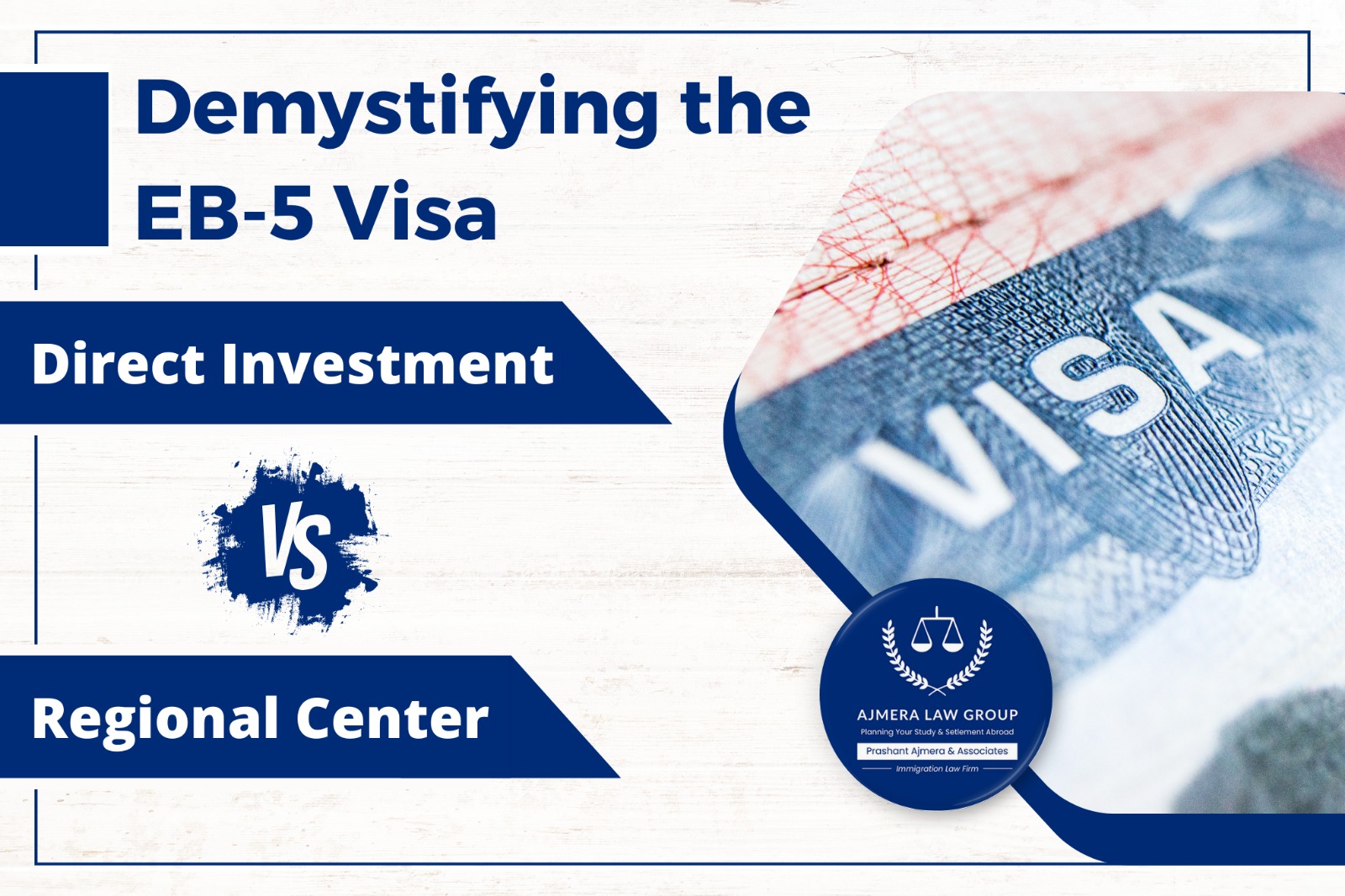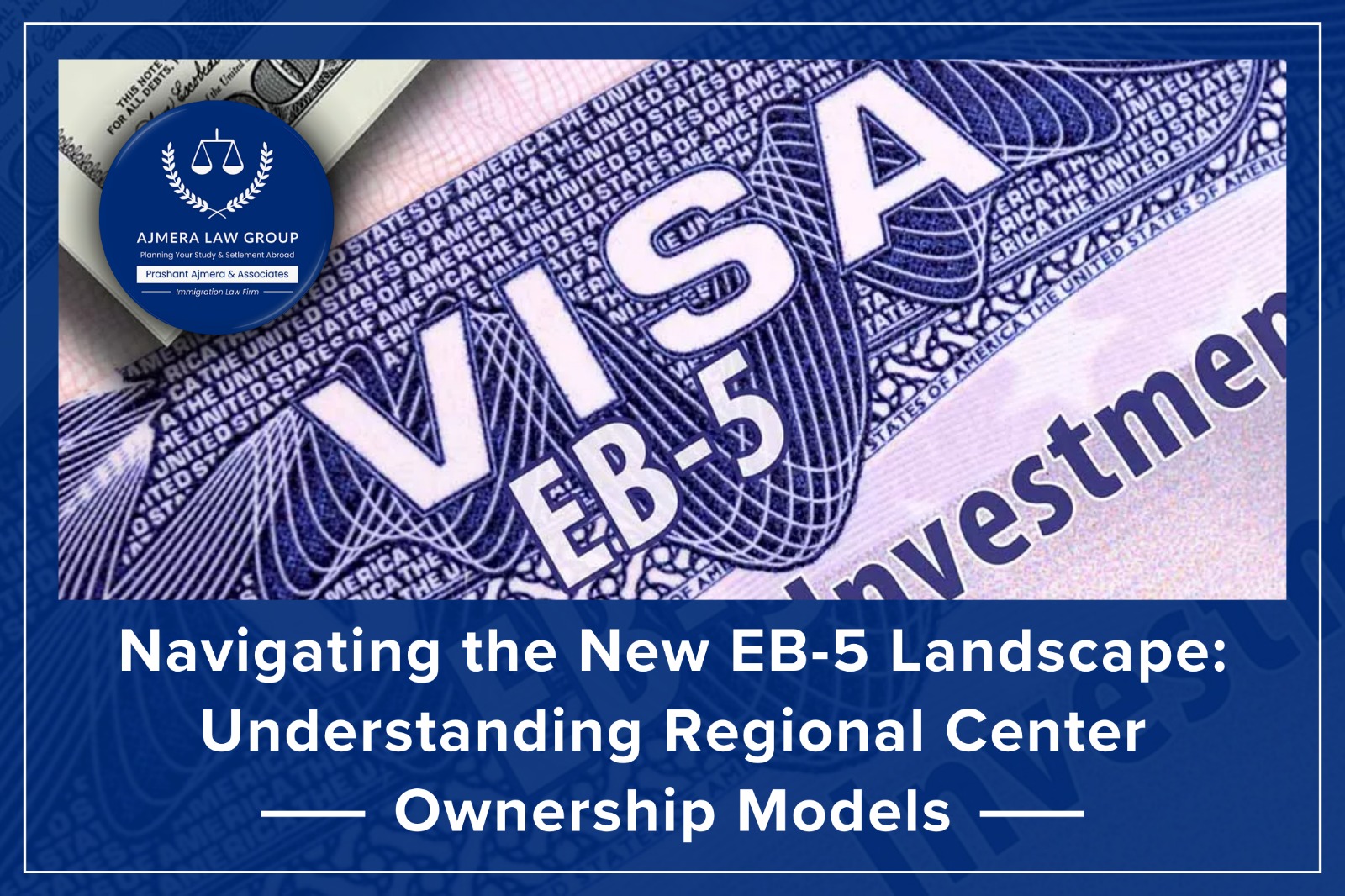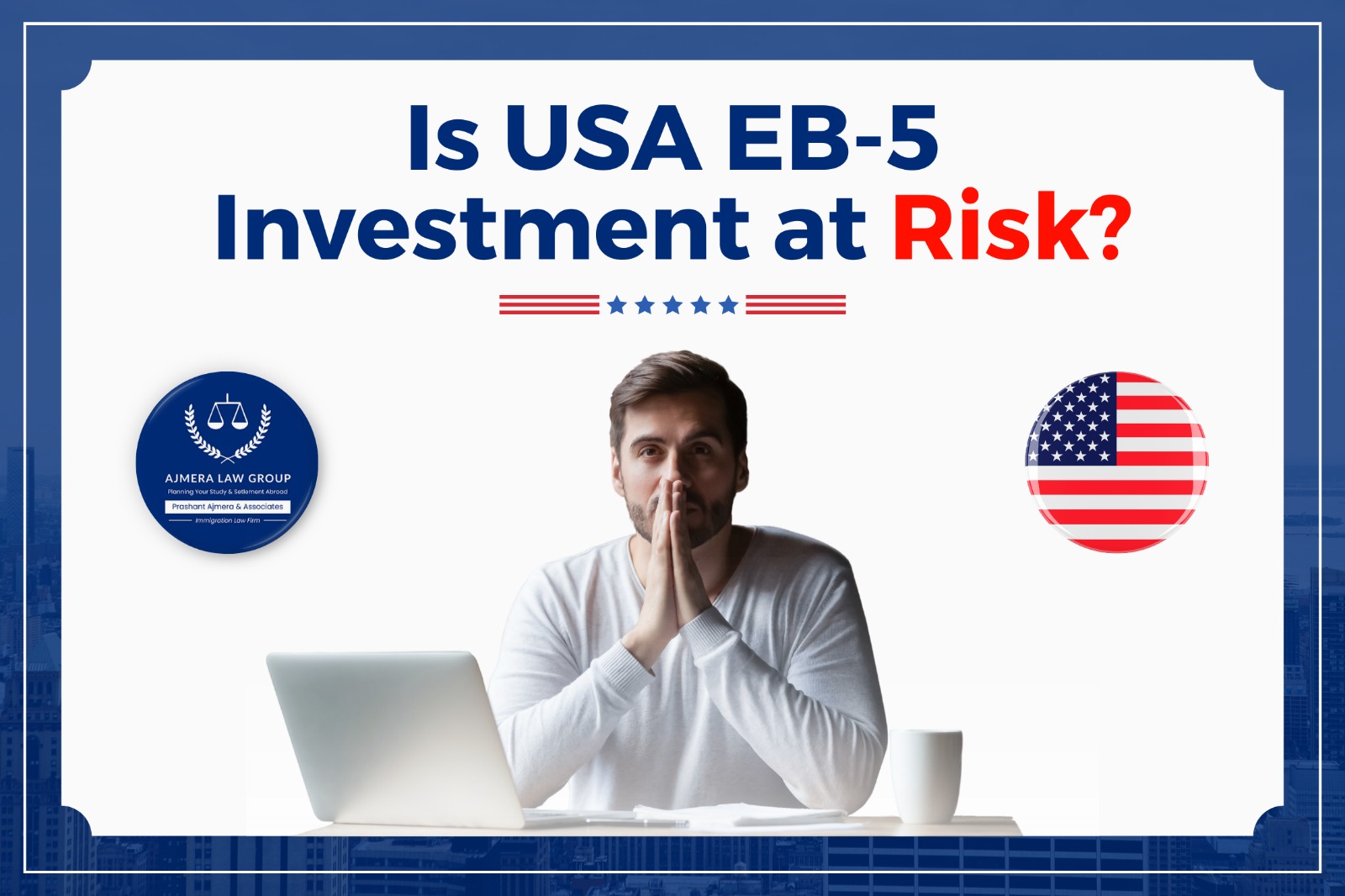Navigating the EB-5 Visa Program Amidst Recent U.S. Immigration Policies
📜 In recent weeks, the U.S. immigration landscape has experienced significant shifts due to new executive orders issued by President Donald Trump. These directives have introduced changes affecting various immigration programs, leading to uncertainty among prospective immigrants. However, it’s important to note that the EB-5 Immigrant Investor Program continues to remain a viable pathway for those seeking U.S. residency through investment.
Recent Immigration Directives
On January 20, 2025, President Trump signed several executive orders aimed at restructuring U.S. immigration policies. These orders focus on enhancing border security, revising asylum procedures, and implementing stricter vetting processes for visa applicants. The administration’s intent is to prioritize national security and ensure that immigration programs align with these objectives.
The EB-5 Program: Stability Amidst Change
Despite the evolving immigration policies, the EB-5 Immigrant Investor Program has not been targeted by these recent executive actions. This program allows foreign investors to obtain U.S. permanent residency by investing $800,000 in a U.S. business that creates at least 10 full-time jobs for American workers. The program’s focus on economic development and job creation aligns with the administration’s goals of strengthening the U.S. economy.
Why the EB-5 Program Remains Unaffected
The EB-5 program’s emphasis on substantial investment and job creation distinguishes it from other immigration pathways. By contributing to economic growth, EB-5 investors play a crucial role in supporting U.S. communities, making the program less susceptible to restrictive immigration policies. This stability offers reassurance to potential investors considering the EB-5 visa as a route to U.S. residency. The present EB5 program is passed by US congress and hence it is not affected by recent talk by President Trump about US Golden Card with Investment of 5 Million dollars.
Moving Forward with Confidence
For individuals and families contemplating the EB-5 program, it’s essential to stay informed about current immigration policies and seek guidance from experienced immigration professionals. While the broader immigration landscape may be shifting, the EB-5 program continues to provide a reliable pathway to U.S. permanent residency through investment and job creation.
Conclusion
In light of recent immigration directives, the EB-5 Immigrant Investor Program stands as a steadfast option for those aiming to achieve U.S. residency. Its focus on economic contribution and alignment with national interests ensures its continuity amidst policy changes. Prospective investors are encouraged to pursue this opportunity with confidence, knowing that the EB-5 program remains a viable and stable pathway to the American dream.
For more information and legal advse:
📞 Contact Indian Immigration Lawyer Prashant Ajmera of Ajmera Law Group:
📱 Mobile: +91 99742 53030 | 📧 Email: info@ajmeralaw.com | 🌐 Website: www.ajmeralaw.com
📢 Legal Disclaimer: Immigration and visa matters are legal issues. Only an Indian lawyer can provide the appropriate legal advice in India.











